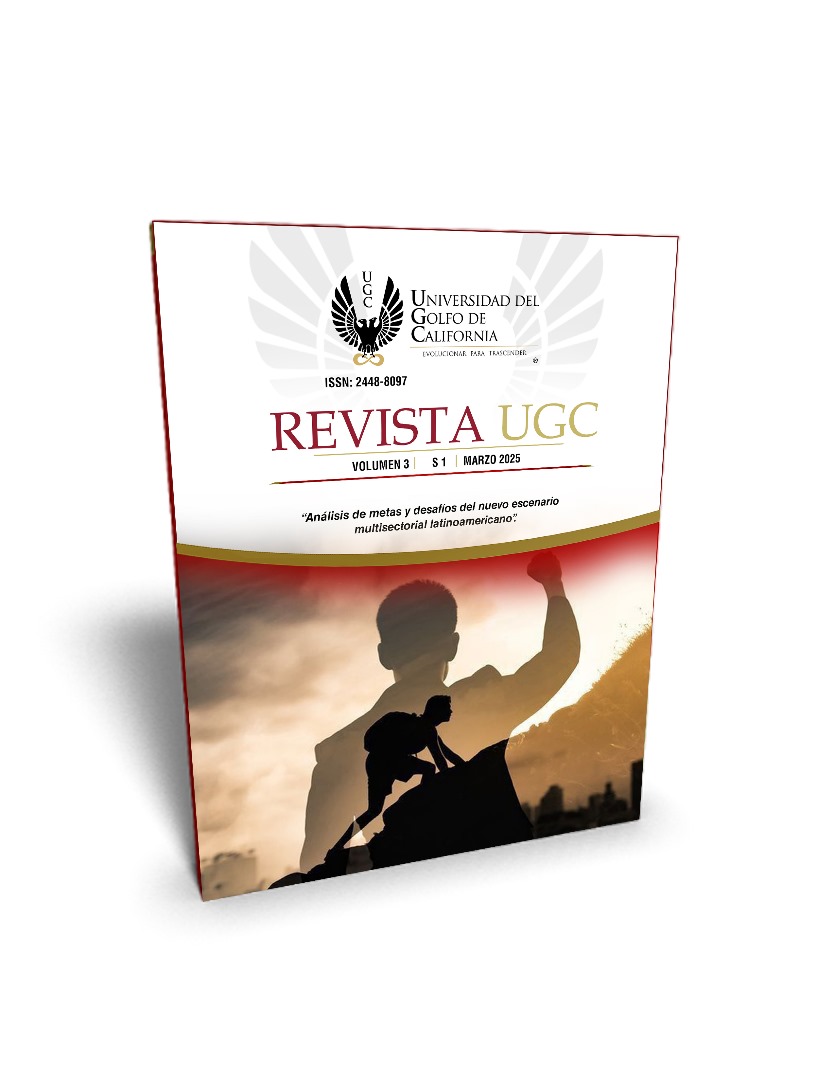Rhetorical Structures in Research Articles: A Comprehensive Review of Genre Analysis Models
Keywords:
Research article, rhetorical moves, genre analysis, academic writingAbstract
The research article (RA) is a fundamental genre in academic communication, facilitating the structured dissemination of research findings. Over the past decades, extensive studies have examined the rhetorical organization of RAs, with John Swales’ Creating A Research Space (CARS) model serving as a foundational framework for analyzing RA introductions. Subsequent research has extended Swales’ approach, adapting move analysis to various RA sections—Introduction, Methods, Results, and Discussion (IMRD)—and to diverse academic disciplines. This study provides a comprehensive review of rhetorical move models used for RA analysis, highlighting the most widely adopted frameworks, including Swales' CARS model for introductions, Hyland’s abstract structure, Lim’s method section model, and Yang & Allison’s model for results and discussion. Findings indicate that while standardized structures exist, rhetorical patterns vary across disciplines and publication venues. The study underscores the need for discipline-specific analytical frameworks, offering a reference for researchers and academic writers seeking to navigate RA conventions effectively.
Downloads
References
Akbaş, E., & Farnia, M. (2021). Exploring rhetorical moves in a digital academic genre: A cross-disciplinary study of the highlights section. Ibérica, 42, 85-114. https://www.revistaiberica.org/index.php/iberica/article/view/600
Amnuai, W., & Wannaruk, A. (2013). Investigating move structure of English Applied linguistics research article Discussions published in international and Thai journals. English Language Teaching, 6(2), 1-13. https://ccsenet.org/journal/index.php/elt/article/view/23360
Bathia, V. K. (1993). Analysing Genre – Language Use in Professional Settings. Longman.
Cooper, C. (1985). Aspects of article introductions in IEEE publications. MSc. dissertation. University of Aston.
Crookes, G. (1986). Towards a validated analysis of scientific text structure. Applied Linguistics, 7(1), 57-70. https://academic.oup.com/applij/article-abstract/7/1/57/191387
Doró, K. (2013). The Rhetoric Structure of Research Article Abstracts in English Studies Journals. Prague Journal of English Studies, 2(1), 119-139. https://webkajl.pedf.cuni.cz/documents/journal/volume-2/PJES2013-0007.pdf
Dudley-Evans, T. (1994). Genre analysis: an approach to text analysis for ESP. In, M. Coulthard, Advances in Written Text Analysis. (pp. 219–228). Routledge.
Fryer, D. L. (2012). Analysis of the generic discourse features of the English-language medical research article. Functions of Language, 19(1), 5-37. doi:http://dx.doi.org/10.1075/fol.19.1.01fry
Holmes, R. (1997). Genre Analysis, and the Social Sciences: An Investigation of the Structure of Research Article Discussion Sections in Three Disciplines. English for Specific Purposes, 16(4), 321-337. https://www.sciencedirect.com/science/article/abs/pii/S0889490696000385
Hyland, K. (2000). Disciplinary discourses: Social interactions in academic writing. Pearson Education.
Kanoksilapatham, B. (2012). Research Article Structure of Research Article Introductions in Three Engineering Subdisciplines. IEEE Transactions on Professional Communication, 55(4), 294-309. https://doi.org/10.1109/TPC.2012.2223252
Karimah, N. A., Munir, A., & Anam, S. (2023). Rhetorical Moves of Research Article Abstracts Written by American and Indonesian Authors : Comparative Study. Lensa: Kajian Kebahasaan, Kesusastraan, dan Budaya, 13(1), 82-94. https://jurnal.unimus.ac.id/index.php/lensa/article/view/10923
Keshavarz, M. H., Atai, M. R., & Barzgar, V. (2007). A contrastive study of generic organization of research article organizations written by Iranian and non-Iranian writers in Applied linguistics. TELL, 1(2), 13-33. https://www.teljournal.org/article_113086.html
Koutsantoni, D. (2006). Rhetorical strategies in engineering research articles and research theses: Advanced academic literacy and relations of power. Journal of English for Academic Purposes, 5(1), 19-36. https://www.sciencedirect.com/science/article/abs/pii/S1475158505000524
Lim, J. M. (2006). Method sections of management research articles: A pedagogically motivated qualitative study. English for Specific Purposes, 25(3), 282–309. https://www.sciencedirect.com/science/article/abs/pii/S088949060500058X
Lorés Sanz, R. (2004). On RA abstracts: From rhetorical structure to thematic organisation. English for Specific Purposes, 23(3), 280-302. https://eric.ed.gov/?id=EJ731011
Nwogu, K. N. (1997). The Medical Research Paper: Structure and Functions. English for Specific Purposes, 16(2), 119-138. https://doi.org/10.1016/s0889-4906(97)85388-4
Peacock, M. (2002). Communicative moves in the discussion section of research articles. System, 30(4), 479-497. https://jolantasinkuniene.wordpress.com/wp-content/uploads/2014/03/peacock-communication-moves-in-discussion-section-of-ra.pdf
Peng, J. F. (1986). An investigation of rhetorical and organisational features of the discussion sections of Chemical Engineers’ papers. (Master dissertation). University of Birmingham.
Pho, P. D. (2008). How can Learning about the Structure of Research Articles Help International Students? (Paper). 19th International Conference. Auckland, New Zealand.
Posteguillo, S. (1999). The schematic structure of computer science research articles. English for Specific Purposes, 18(2), 139–158. https://eric.ed.gov/?id=EJ577544
Samarj, B. (2005). An explanation of genre set: Research article abstracts and introductions in two disciplines. English for Specific Purposes, 24(2), 141-156. https://www.sciencedirect.com/science/article/abs/pii/S088949060300067X
Skelton, J. (1994). Analysis of the Structure of Original Research Papers: An Aid to Writing Original Papers for Publication. British Journal of General Practice, 44(387), 455-459. http://bjgp.org/content/bjgp/44/387/455.full.pdf
Swales, J. (1981). Aspects of Article Introductions. University of Michigan Press.
Swales, J. (1990). Genre Analysis: English in Academic and Research Settings. Cambridge University Press.
Swales, J. (2004). Research genres: Explorations and applications. Cambridge University Press.
Swales, J. M., & Feak, C. B. (2012). Academic writing for graduate students: Essential tasks and skills (3rd ed.). The University of Michigan Press.
Thompson, D. K. (1993). Arguing for experimental "facts" in science: A study of research article results sections in biochemistry. Written Communication, 10(1), 106-128. https://onlinelibrary.wiley.com/doi/10.1002/bmb.1993.5690210342
Yang, R., & Allison, D. (2003). Research articles in applied linguistics: Moving from results to conclusions. English for Specific Purposes, 22(4), 365-385. https://www.sciencedirect.com/science/article/abs/pii/S0889490602000261
Downloads
Published
How to Cite
Issue
Section
License
Copyright (c) 2025 Marc Anthony Carbonell-Valdés, Yuliet González-Madariaga, Irene de la Caridad Sierra-Betancourt

This work is licensed under a Creative Commons Attribution-NonCommercial 4.0 International License.
Los autores conservan los derechos de autor, garantizando a la Revista el derecho a la primera publicación del trabajo. Los autores ceden a la Revista los derechos de explotación de la obra autorizándola a la distribución y comunicación pública con fines no comerciales. Los autores conservan los derechos morales sobre la obra publicada. Los derechos patrimoniales le corresponden a la Revista.






